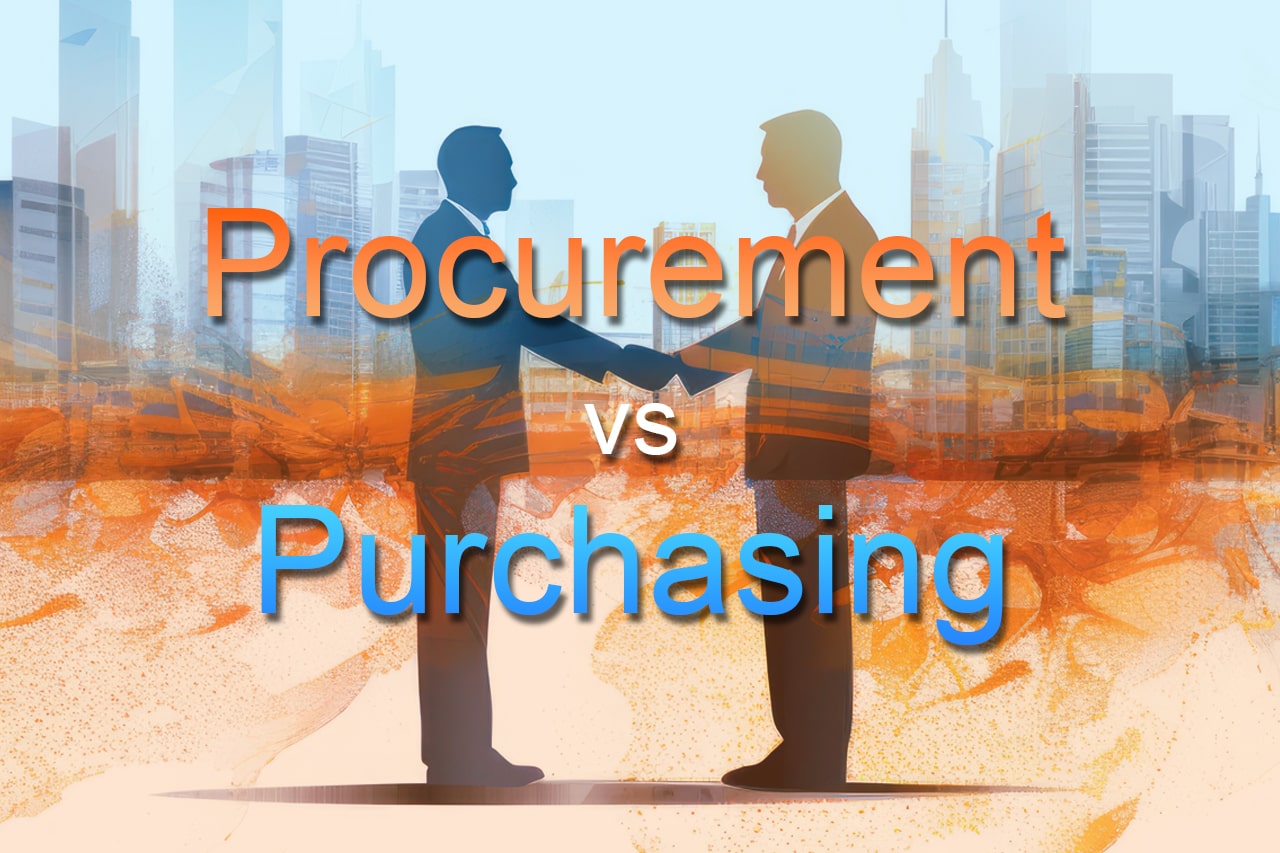2 February 2024

Hey there! Welcome to our Coffee Chats session, where we’re diving into the exciting world of procurement and purchasing. Today, we’re going to explore the main differences between these two crucial functions in an organization. So go ahead, grab a cup of coffee, and join us as we shed some light on procurement and purchasing.
Defining Procurement and Purchasing:
Procurement and purchasing are often used interchangeably, but they encompass distinct processes. Procurement refers to the strategic approach of acquiring goods and services to meet an organization’s needs. It involves the entire supply chain, from identifying suppliers to negotiating contracts and managing relationships. On the other hand, purchasing is the transactional process of buying goods and services at the best possible price and quality.
Strategic Focus vs. Tactical Execution:
One of the fundamental differences between procurement and purchasing lies in their strategic focus versus tactical execution. Procurement is a strategic function that aligns with the organization’s overall goals and objectives. It involves analysing market trends, identifying potential risks, and developing long-term supplier relationships. Purchasing, on the other hand, is more tactical, focusing on day-to-day activities such as placing orders, managing inventory, and ensuring timely delivery.
Collaboration and Relationship Building:
Procurement emphasizes collaboration and relationship building with suppliers. It involves engaging with stakeholders across various departments, including finance, operations, and marketing, to understand their requirements and align procurement strategies accordingly. Purchasing, while still requiring coordination with internal stakeholders, primarily focuses on executing transactions efficiently and cost-effectively.
Risk Management:
Procurement plays a critical role in managing risks associated with the supply chain. It involves assessing supplier capabilities, evaluating their financial stability, and implementing measures to mitigate potential disruptions. By contrast, purchasing focuses on ensuring that goods and services are procured at the best price, quality, and delivery time, without necessarily having an in-depth analysis of supplier risks.
Long-term Value vs. Short-term Savings:
Procurement is driven by the goal of achieving long-term value for the organization. It involves considering factors beyond just the price, such as quality, sustainability, and innovation. Procurement professionals strategically negotiate contracts to secure favourable terms and conditions that benefit the organization in the long run. Purchasing, however, is primarily concerned with achieving short-term savings and operational efficiency, without necessarily focusing on long-term value creation.
Conclusion:
As we conclude our Coffee Chats session, it is evident that procurement and purchasing are distinct yet interconnected functions within an organization. While procurement focuses on strategic decision-making, relationship building, and risk management, purchasing deals with the tactical aspects of buying goods and services. Understanding and effectively managing the differences between these functions is essential for organizations to optimize their supply chain processes and drive overall success.
The key to a successful procurement and purchasing function lies in finding the right balance between long-term value creation and short-term cost savings. We trust that this session has provided you with valuable insights into the differences between procurement and purchasing.